ABOUT
Atomic Photographers Guild is an international collective of independent photographers dedicated to making visible all facets of the nuclear age. Founded in 1987 by Robert Del Tredici, Guild members focus on the atomic age to consider nuclear weapons and war; nuclear energy and medicine; extraction industries; transportation practices; and nuclear contamination and wastes.
Since its formation, the Guild has amassed an archive of photographic negatives and prints from more than forty photographers across seven decades. The collection begins in 1945 with the world’s first two atomic photographers, Berlyn Brixner (United States) and Yoshito Matsushige (Japan). Brixner was the head photographer of the first atomic bomb blast—known as the "Trinity Test”—in the Alamogordo desert of New Mexico on July 16, 1945. Three weeks later, Matsushige, a photojournalist and military photographer, was 2.7 kilometres away from the Hiroshima bomb’s hypocentre at the time of the atomic bomb's detonation. Despite his own trauma, he managed to take a handful of photographs and inadvertently became the only person to document the destruction of Hiroshima from inside that city on August 6, 1945.
In addition to the works of Brixner and Matsushige, the Guild’s founder, Robert Del Tredici, documented the destroyed Three Mile Island nuclear reactor TMI-2 in 1979, the United States’ nuclear weapons complex through the 1980s, uranium mining, nuclear waste sites and atomic survivors in Canada, the US, Japan and the former USSR. Other prominent Guild holdings include works by Carole Gallagher focused on the down-winders in southern Utah living under clouds of atomic fallout from the Nevada Test Site in the 1950s and early 60s (1993); works by Igor Kostin, the first photographer to document the Chernobyl disaster (2006); and works by David McMillan, who has extensively documented its aftermath (2019). Members work in Australia, Brazil, Canada, Czech Republic, Germany, India, Japan, Mexico, Russia, Switzerland, Ukraine, the United Kingdom, and the United States.
The Guild’s growing membership engages ethical, ecological, historical, and scientific dimensions of the nuclear era. Through exhibitions, publications, and lectures, Guild members actively disseminate their work, collectively assembling a picture of what could be our darkest, most enduring legacy.
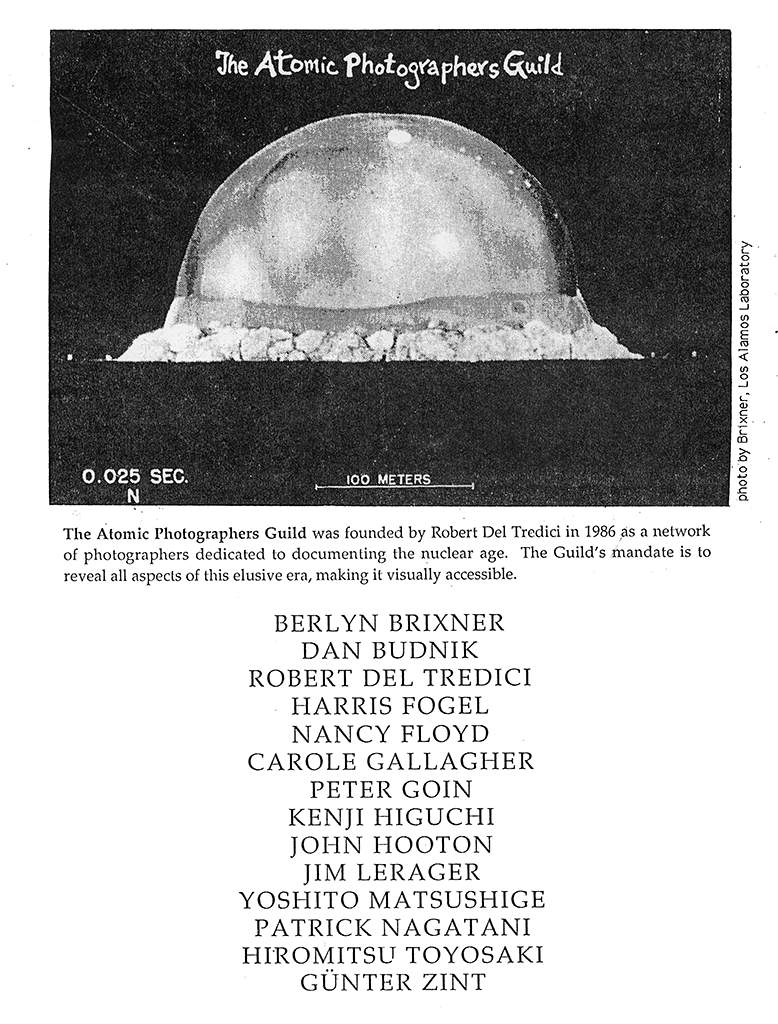
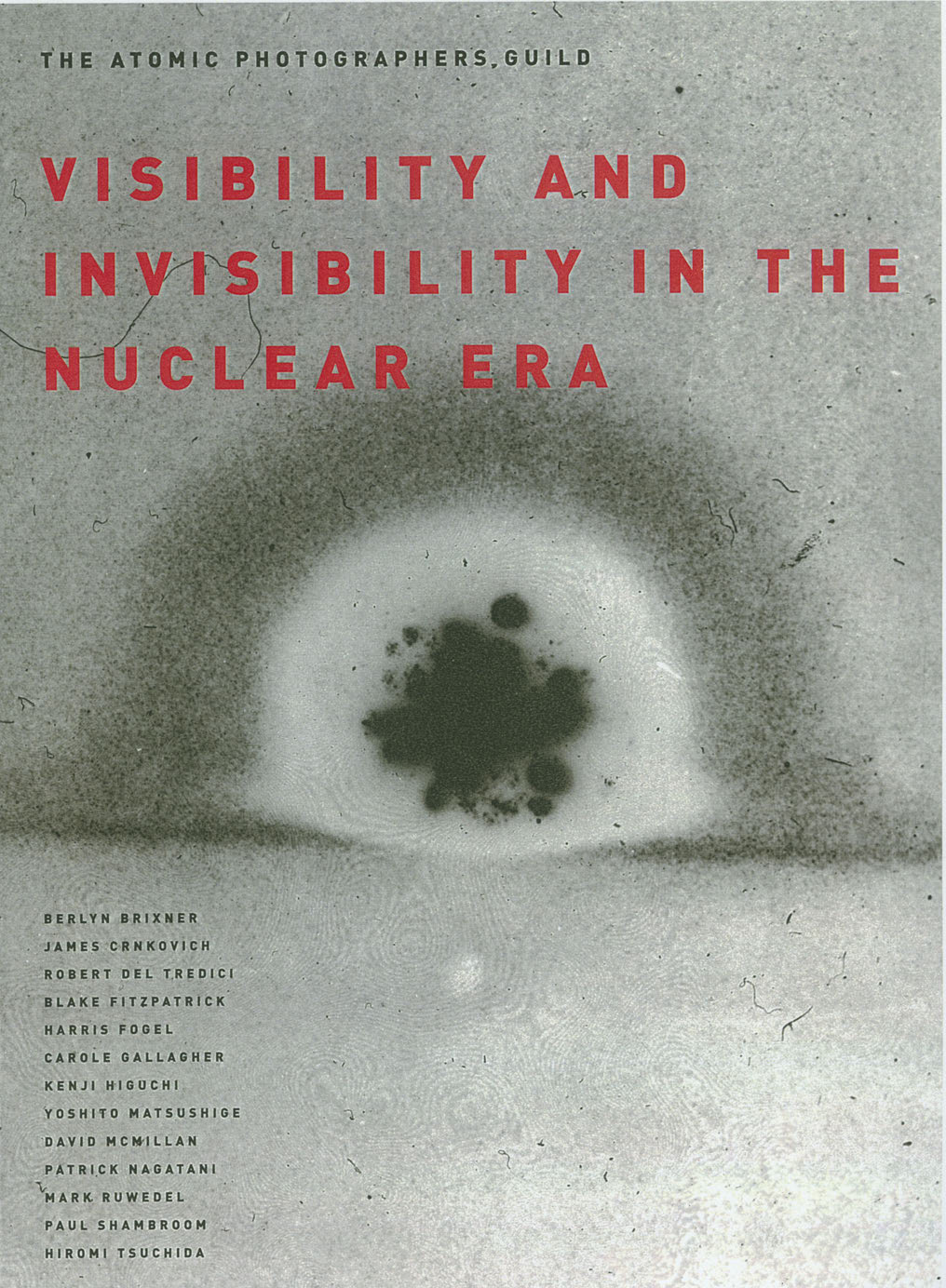
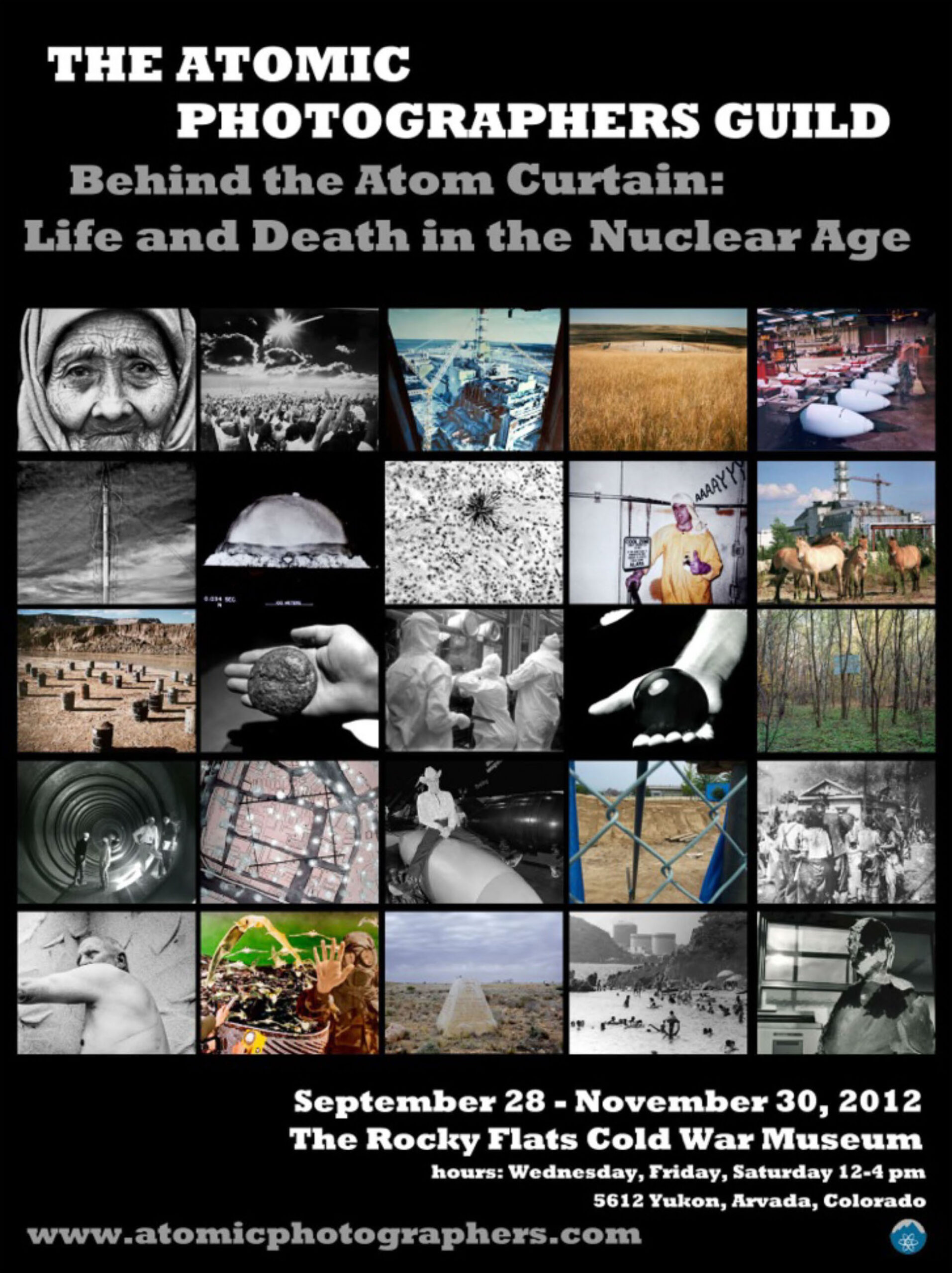
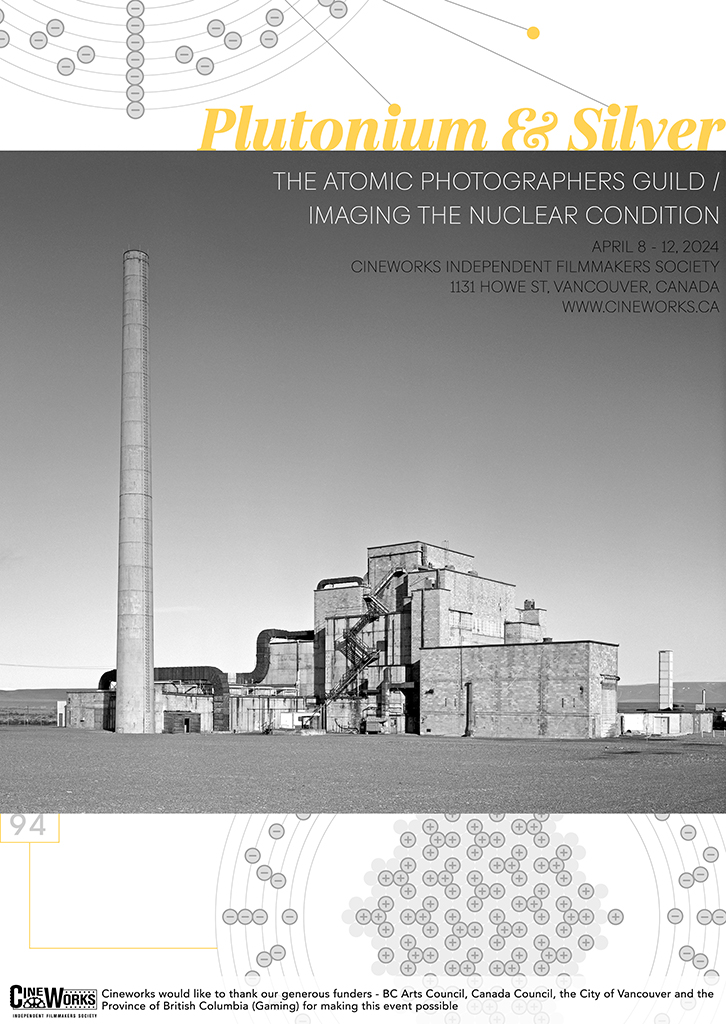
Atomic Photographers Guild exhibition programs over the decades
PHOTOGRAPHERS
Takashi Arai Kawasaki, Japan
Jessie Boylan Victoria, Australia
Berlyn Brixner Los Alamos, NM, USA
Dan Budnik Tucson, AZ, USA
Harley Cowan Portland, OR, USA
James Crnkovich Mesa, AZ, USA
Lionel Delevingne Stockbridge, MA, USA
Robert Del Tredici Montreal, PQ, Canada
Brett Leigh Dicks Santa Barbara, CA, USA
Merilyn Fairskye Newtown, NSW, Australia
Blake Fitzpatrick Toronto, ON, Canada
Nancy Floyd Atlanta, FL, USA
Harris Fogel Philadelphia, PA, USA
Carole Gallagher Conifer, CO, USA
Peter Goin Reno, NV, USA
Grace Halden London, UK
Abbey Hepner St. Louis, Missouri
Cornelia Hesse-Honegger Zurich, Switzerland
Kenji Higuchi Tokyo, Japan
Nate Hofer Overland Park, KS, USA
John Hooton Bozeman, MT, USA
Sarah Kanouse Massachusetts, USA
Mary Kavanagh Lethbridge, AB, Canada
Igor Kostin Kiev, Ukraine
Juri Kuidin Republic of Kazakhstan
James Lerager Albany, CA, USA
Yoshito Matsushige Hiroshima, Japan
Katy McCormick Toronto, ON, Canada
David McMillan Winnipeg, MB, Canada
Patrick Nagatani Albuquerque, NM, USA
Barbara Norfleet Cambridge, MA, USA
elin o’Hara slavick Irvine, CA, USA
Terry Ownby Pacotello, ID, USA
Ursula Schulz-Dornburg Dusseldorf, Germany
Paul Shambroom Minnesota, MN, USA
Amirtharaj Stephen Banglore, India
N.A.J. Taylor Dja Dja Wurrung Country, Australia
Hiromitsu Toyosaki Tokyo, Japan
Peter C. van Wyck Montreal, PQ, Canada
Vaclav Vasku Prague, Czech Republic
David Wargowski Naperville, IL, USA
Günter Zint Hamburg, Germany
INQUIRIES
Advisory Group
Jesse Andrewartha: [email protected]
Robert Del Tredici: [email protected]
Blake Fitzpatrick: [email protected]
Mary Kavanagh: [email protected]
elin o’Hara slavick: [email protected]
David Wargowski: [email protected]
Image Use
© All rights reserved. Copyright is held by individual Atomic Photographers Guild members.
The Atomic Photographers Guild is not an agent of its member community. Permission to use images and/or text from the Atomic Photographers Guild website may be done by contacting photographers and/or authors directly. Contact information is available on individual Photographers Pages.
Research and Curatorial Inquiries
The Atomic Photographers Guild welcomes research and curatorial inquiries: [email protected]
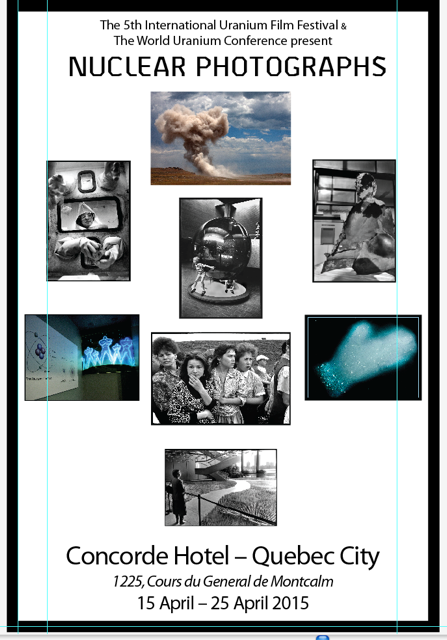
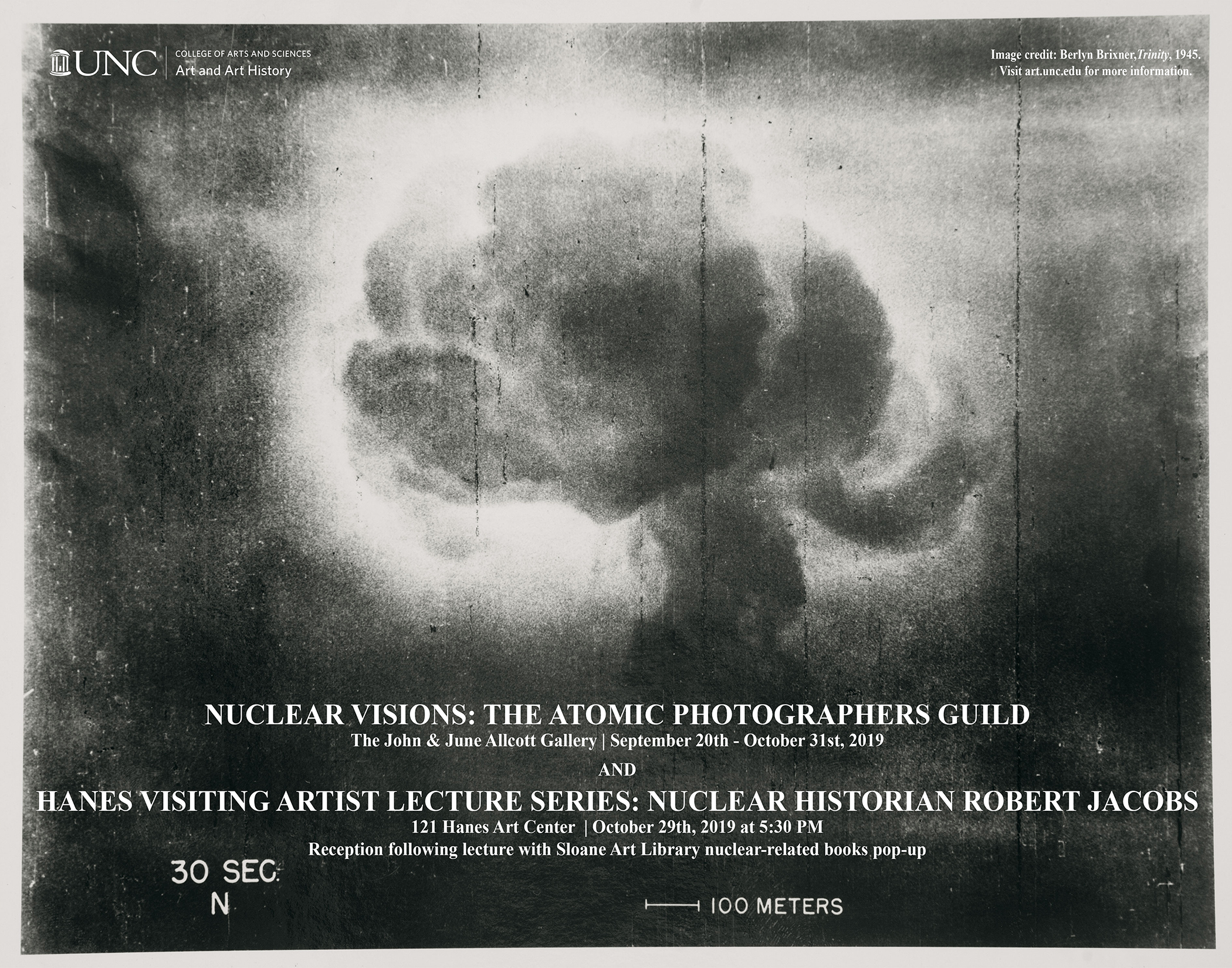
Atomic Photographers Guild exhibition programs over the decades
.jpg)
